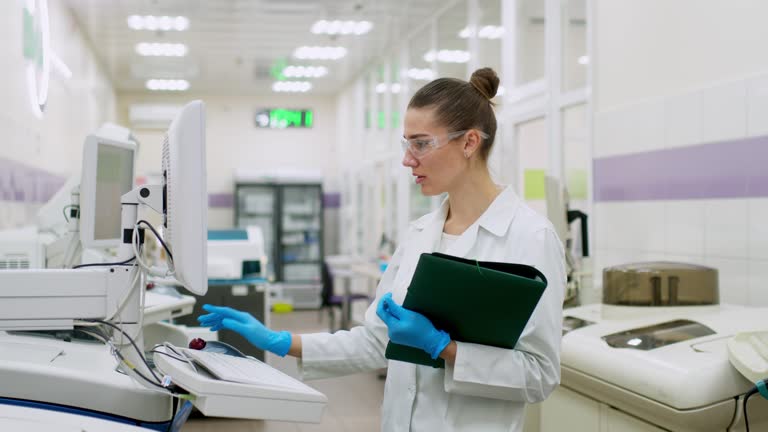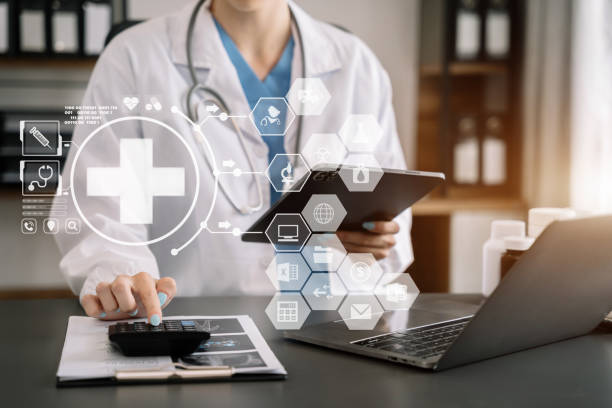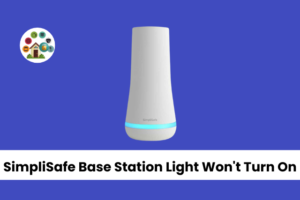Contents
- 1 Introduction
- 2 1. Telemedicine: bridging the distance
- 3 2. Artificial Intelligence in Diagnostics
- 4 3. Wearable health devices
- 5 4. Blockchain for Health Data Security
- 6 5. Genomic Medicine
- 7 6. Robotics in Surgery
- 8 7. Augmented Reality for Medical Training
- 9 8. Internet of Medical Things (IoMT)
- 10 9. 3D Printing in Healthcare
- 11 10. Virtual reality for pain management
- 12 11. Smart Health Records
- 13 12. Advanced Drug Delivery System
- 14 13. Personalized medicine
- 15 14. Digital Health Platforms
- 16 15. Nanomedicine
- 17 Conclusion
Introduction
Today we discuss Technologies Reshaping Healthcare Healthcare, an area where technology has had a profound impact, continues to evolve. In recent years, revolutionary technologies have emerged, reshaping how we approach medical care, diagnosis and treatment.
These innovations promise to enhance patient outcomes, streamline healthcare delivery and make advanced medical treatments more accessible. This article explores the top revolutionary technologies changing healthcare today, providing insight into their applications and potential benefits.
1. Telemedicine: bridging the distance

Telemedicine has changed the way healthcare is delivered, especially for patients in remote or underserved areas. Through video consultation, patients can connect with healthcare providers without having to travel. This technology has proven invaluable during the COVID-19 pandemic, allowing for continuity of care while minimizing exposure risks.
Telemedicine also facilitates access to specialist care, reduces wait times and improves patient convenience. As technology advances, telemedicine platforms are integrating more sophisticated diagnostic tools and electronic health records (EHRs), further increasing the quality and efficiency of remote consultations.
2. Artificial Intelligence in Diagnostics
Artificial intelligence (AI) is revolutionizing diagnostics by enabling more accurate and faster analysis of medical data. AI algorithms can process vast amounts of data from medical imaging, such as X-rays and MRIs, to identify patterns and anomalies that the human eye might miss.
This technology is particularly beneficial in the early detection of diseases such as cancer, where early intervention is critical. AI-powered tools also help predict patient outcomes and personalize treatment plans, making healthcare more precise and targeted.
3. Wearable health devices
Wearable health devices, such as smartwatches and fitness trackers, have become increasingly popular for monitoring health metrics. These devices can track heart rate, sleep patterns, physical activity and even blood oxygen levels.
By providing real-time data, wearables enable people to proactively manage their health and alert to potential problems before they become serious. Healthcare providers can also use data from these devices to tailor treatments and more effectively monitor chronic conditions.
4. Blockchain for Health Data Security
Blockchain technology, known for its role in cryptocurrency, is now being applied to healthcare to enhance data security and integrity. The decentralized nature of blockchain ensures that health records are tamper-proof and securely stored.
This technology facilitates transparent and efficient data sharing between healthcare providers while maintaining patient privacy. It also helps reduce fraudulent activities and ensure that patient data remains confidential and accurate.
5. Genomic Medicine

Genomic medicine involves analyzing a person’s genetic makeup to guide personalized treatment and prevention strategies. Advances in genomics have made it possible to identify genetic predispositions to certain diseases and to tailor medical interventions accordingly.
This approach allows for more precise and individualized healthcare, improving treatment effectiveness and reducing the risk of adverse reactions. Genomic medicine is particularly useful in oncology, where genetic profiling of tumors can inform targeted therapies.
6. Robotics in Surgery
Robotic surgery has revolutionized the field of surgery by providing greater precision and control during procedures. Robots equipped with advanced imaging and manipulation tools help surgeons perform complex operations with minimal invasiveness.
This technology results in smaller incisions, shorter recovery times and less post-operative pain for patients. Robotic systems are also enhancing the capabilities of surgeons, allowing them to perform delicate procedures with greater precision.
7. Augmented Reality for Medical Training
Augmented Reality (AR) is revolutionizing medical training by providing immersive and interactive learning experiences. AR applications allow medical students and professionals to view and interact with 3D models of human anatomy, increasing their understanding of complex structures and mechanisms.
The technology also supports virtual simulations of surgical techniques, enabling learners to practice and improve their skills in a risk-free environment. Applications of AR in medical education are increasing the quality and effectiveness of training programs.
8. Internet of Medical Things (IoMT)
The Internet of Medical Things (IoMT) refers to a network of connected medical devices and applications that collect and share health data. IoMT devices, such as smart sensors and remote monitoring tools, enable continuous monitoring of patient health and facilitate real-time data sharing with healthcare providers.
This connectivity enhances patient care by allowing for timely interventions and personalized treatment plans. IoMT also supports predictive analytics, which can identify potential health problems before they escalate.
9. 3D Printing in Healthcare
3D printing technology is making significant advances in healthcare by enabling the creation of customized medical devices and prosthetics. Surgeons can use 3D printed models of organs and tissues to plan and practice complex surgeries, improving outcomes and reducing risks.
Additionally, 3D printing allows for the production of personalized implants and prosthetics tailored to the needs of individual patients. The technology is also being explored for tissue and organ printing, potentially revolutionizing transplant medicine in the future.
10. Virtual reality for pain management
Virtual reality (VR) is emerging as a powerful tool to manage pain and improve patient comfort. VR applications immerse patients in interactive and engaging virtual environments, which can help relieve pain and anxiety during medical procedures.
Research shows that VR can reduce the need for pain medication and enhance the overall patient experience. This technology is being used in a variety of settings, including surgical recovery and chronic pain management, offering a non-pharmacological approach to pain relief.
11. Smart Health Records
Smart health records, powered by advanced data analytics and AI, are changing how patient information is managed and used. These records integrate data from multiple sources, including EHRs, wearable devices, and genetic information, to provide a holistic view of a patient’s health.
Smart health records facilitate better coordination of care, reduce redundant tests, and improve clinical decision making. They also empower patients by providing easier access to information about their health and enabling more informed decisions about their care.
12. Advanced Drug Delivery System
Innovations in drug delivery systems are improving drug efficacy and safety. Advanced systems, such as smart tablets and implantable drug delivery devices, offer precise control over drug administration.
These systems can release drugs at specific times or in response to physiological signals, improving treatment outcomes and reducing side effects. Personalized medicine delivery methods are also being developed, tailoring treatments to individual patient needs and increasing treatment effectiveness.
13. Personalized medicine
Personalized medicine focuses on tailoring medical treatments to individual patients based on their unique genetic, environmental and lifestyle factors.
This approach moves away from the “one size fits all” model and aims to provide more effective and targeted treatments. Personalized medicine uses genetic information, biomarkers and advanced diagnostics to create customized treatment plans, improve the likelihood of successful outcomes and reduce the risk of adverse effects.
14. Digital Health Platforms

Digital health platforms are integrating various technologies to provide comprehensive healthcare solutions. These platforms combine telemedicine, health monitoring, data analytics, and patient engagement tools into a unified system.
They enable seamless communication between patients and healthcare providers, streamline care coordination, and empower patients to take an active role in managing their health. Digital health platforms also support population health management by analyzing data trends and improving public health strategies.
15. Nanomedicine
Nanomedicine involves the use of nanotechnology for medical applications, such as drug delivery, diagnostics, and imaging. Nanoparticles can be engineered to target specific cells or tissues, allowing for precise delivery of therapeutic agents and reducing side effects.
Nanomedicine also enhances diagnostic capabilities by enabling early detection of diseases at the molecular level. This technology holds the promise of revolutionizing various aspects of healthcare, including cancer treatment, cardiovascular disease, and regenerative medicine.
Conclusion
Technologies Reshaping Healthcare The revolutionary technologies discussed above are reshaping healthcare by increasing diagnostic accuracy, personalizing treatment, and improving patient care. As these technologies continue to evolve, they offer exciting possibilities for advancing medical science and changing the way we approach health and wellness.
The integration of these innovations into mainstream health care has the potential to significantly improve patient outcomes, increase access, and create a more efficient and effective health care system.





